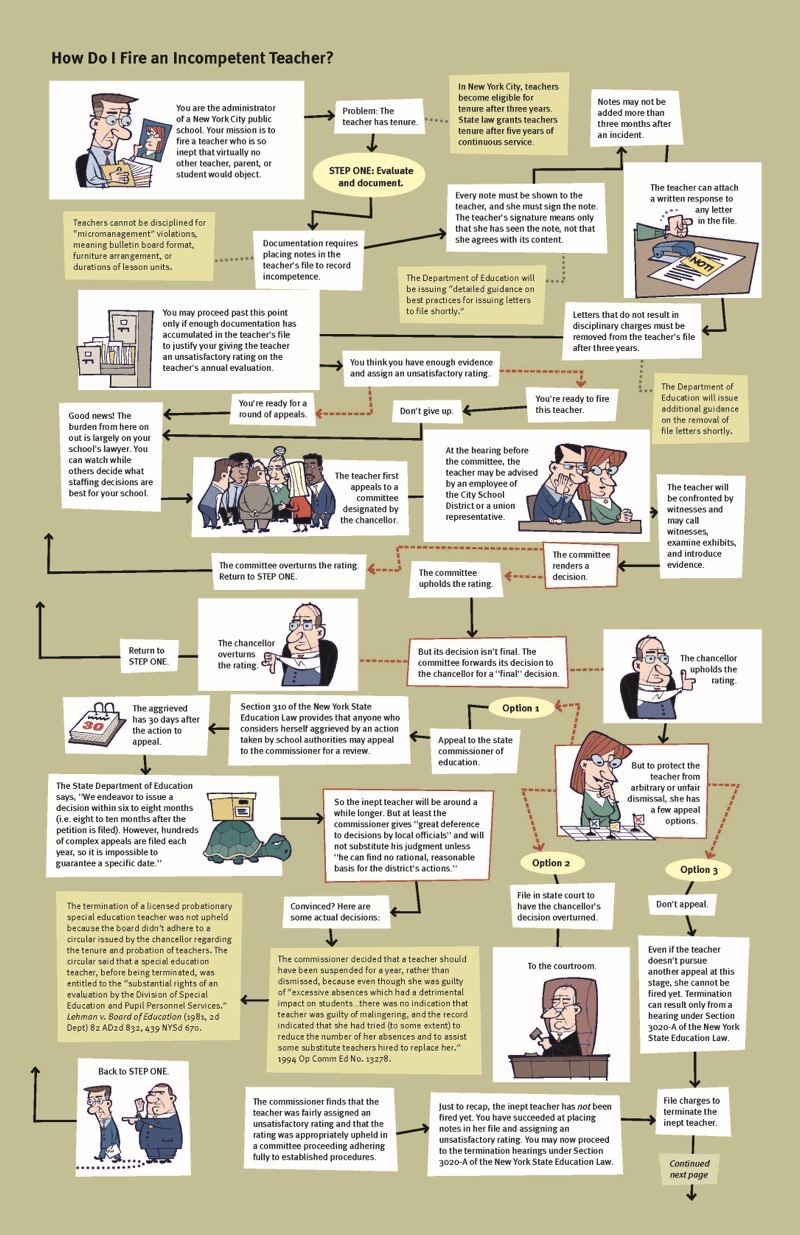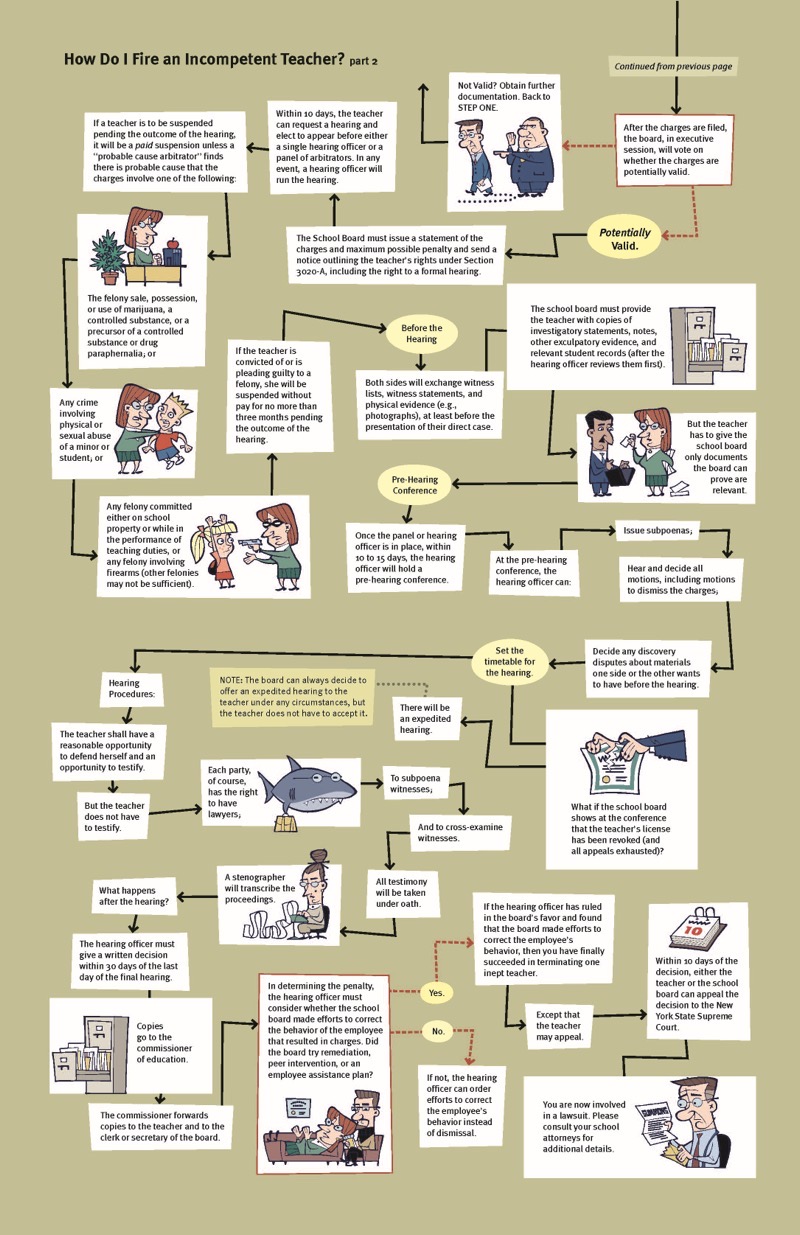
My Op-Ed ran in today’s Moscow-Pullman Daily News. Enjoy!
In my previous two Op-Ed’s, I agreed with the CDC and the American Academy of Pediatrics that kids should be back in live classes. This is a non-controversial position in Europe, where leaders across the political spectrum agree that even in a pandemic, children are better off in class. They recognize that while the wealthy can afford private tutors and educational alternatives, the learning gap between the haves and have-nots continues to widen during the lockdown.
While a health risk exists, the risk of not putting children in school is even greater. The Prime Minister of France promises to “do everything” to get people back to school and work. Britain’s Prime Minister calls reopening schools a “moral duty,” even threatening to fine parents who keep kids at home.
We have excellent scientific evidence that kids should be back in live classes. Swedish schools remained open during the coronavirus outbreaks. Denmark and Norway reopened schools in April, and Finland in May. A joint study released by the Public Health Agency of Sweden (https://bit.ly/3b6z0Jg) reported that “outbreak investigations in Finland has not shown children to be contributing much in terms of transmission, and in Sweden a report comparing risk of covid-19 in different professions showed no increased risk for teachers.”
The rest of Europe are now following the Nordics’ lead. However, when President Trump similarly asserted that in-person schools need to be reopened, on cue American progressives and unions took the opposite position.
I also need to address some of Doug Call’s responses to my previous Op-Ed. Being that this is such an important topic with substantial misinformation, I have included links to the primary government sources so any interested reader can verify my numbers.
Call’s claim that Americans spend $11,762 per student per year on primary/secondary education doesn’t line up with the latest publicized numbers from the US Department of Education’s National Center for Education Statistics (https://bit.ly/32zDO5Z): “Total expenditures for public elementary and secondary schools in the United States in 2016–17 amounted to $739 billion, or $14,439 per public school student enrolled in the fall (in constant 2018–19 dollars).”
Call also says that Idaho spends only $7,157 per student, as if the state were the only source of funding. But with revenue streams from the state, local property taxes, the federal government, lottery proceeds, and forest reserve funds, Moscow School District’s 2019-2020 revenue totaled $29,398,555 (https://bit.ly/3hBLbjS). With 2,299 students (https://bit.ly/2YXvgFp), that’s $12,788 per student per year, nearly twice Call’s claim.
According to the international Organization for Economic Cooperation and Development, among the 37 member OECD countries the US has the second highest per-student spending for elementary and secondary education (only behind tiny Luxembourg): https://bit.ly/31B7cJY . Yet according to international studies by PISA (https://bit.ly/2YFH92t), the US comes in 13th in reading, 18th in science, and 37th in mathematics. Furthermore, TIMSS reports that the US has made zero progress in advanced mathematics or physics in the past 20 years (https://bit.ly/2QJLQ7b).
These numbers are mind-boggling. American taxpayers are paying premium prices for marginal results. There has got to be a better way. Clearly the progressive practice of throwing more money at the problem hasn’t worked.
As I argued previously, if there were educational choice in Idaho, a Moscow parent could get far more education for that $12,788 per child. Twenty Moscow parents hiring a 2nd grade teacher would have $255,760 for that class, a hands-down win for the parents, the kids, and especially for the teacher’s salary. As it is now, teacher pay is based on the education level attained plus years teaching, not on how good of a teacher you are or how difficult the material is.
But educational choice would be a loss for the teachers’ unions, which always oppose meaningful educational reform: school choice, merit-based pay, standardized tests, entrance exams for teachers (Praxis), tenure, and the ability to fire incompetent teachers (https://bit.ly/3lqSIo5). Incompetent teachers pretty much need to commit a felony to be able to fire them.
My hope is that since Moscow parents are tutoring their AA-BB kids at home, they will start demanding educational choices for their $12,788: school vouchers, education tax credits, education savings accounts, etc. We owe it to the kids and to their teachers.

